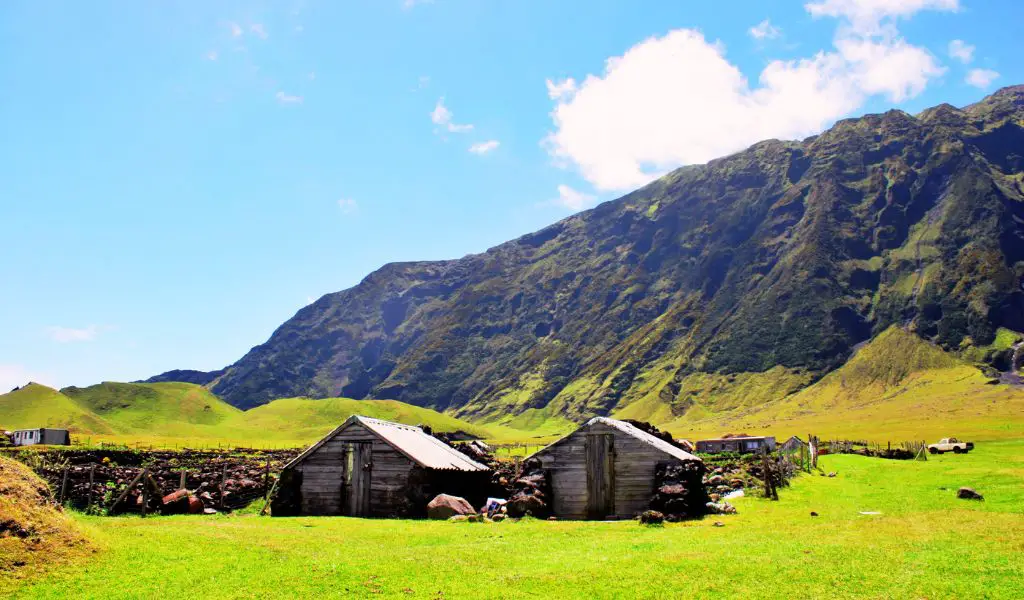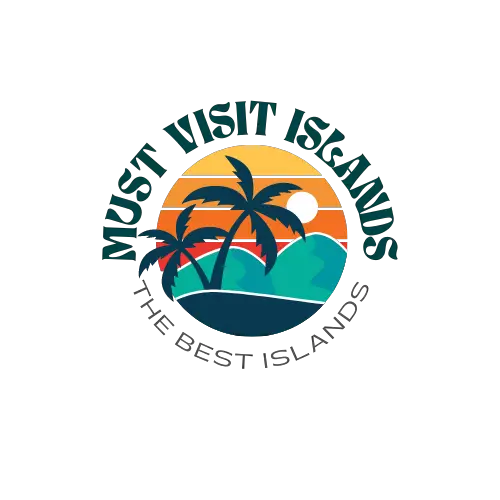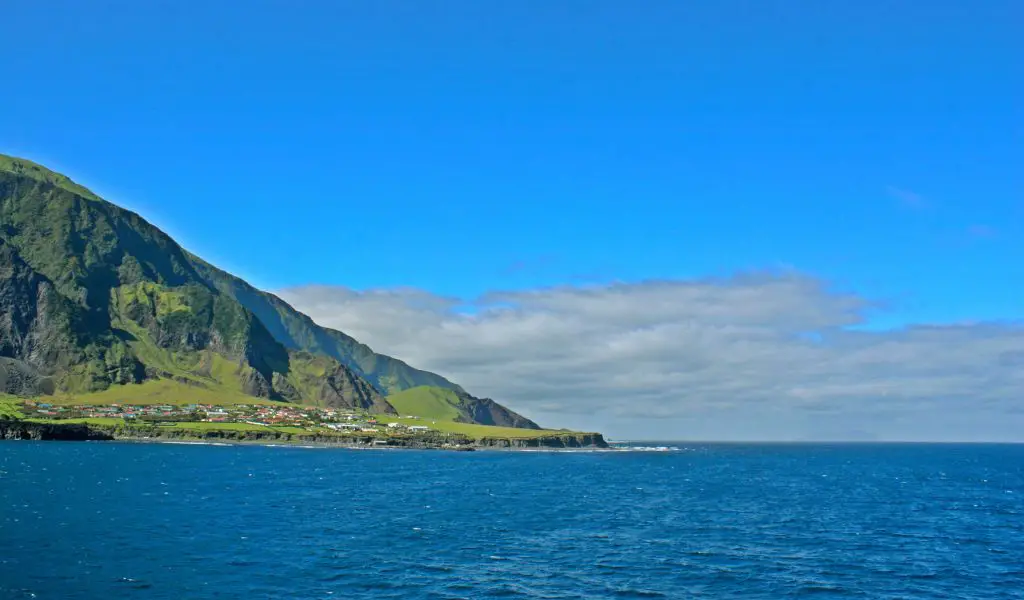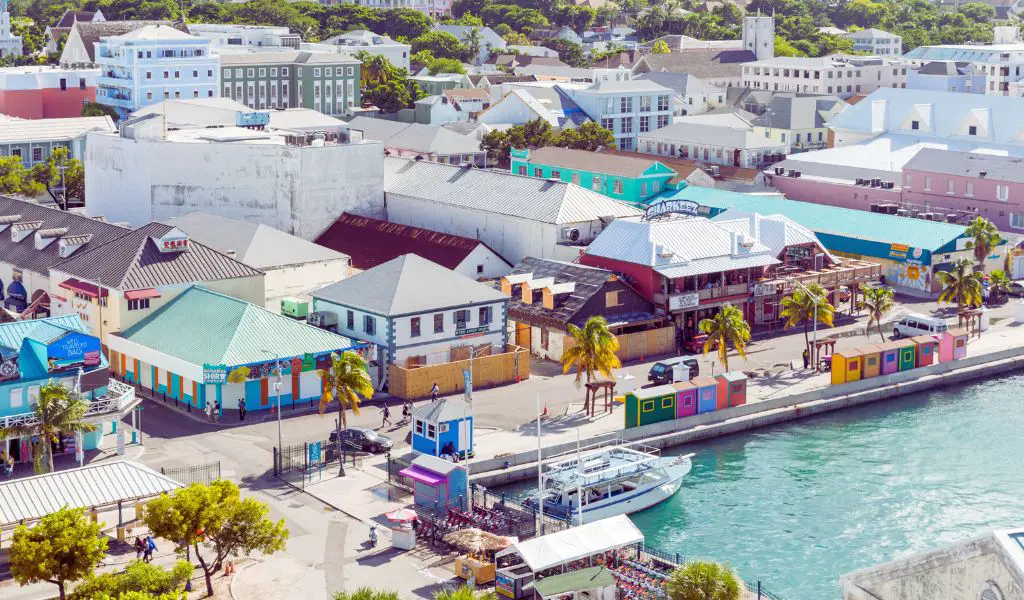Secluded in the vast expanse of the South Atlantic Ocean lies Tristan da Cunha, an island of astonishing beauty and fascinating history. Its designation as the world’s most remote inhabited island piques the interest of intrepid travelers looking to uncover some of Earth’s best-kept secrets.
Geography
Geographically, Tristan da Cunha is an archipelago, comprising the main island, Tristan da Cunha, and the smaller, uninhabited islands of Nightingale, Inaccessible, and Gough.
The main island, also referred to as Tristan, is a majestic spectacle of nature, presenting awe-inspiring volcanic peaks, lush grasslands, and rugged cliffs dropping dramatically into the azure blue ocean.
The tallest peak, Queen Mary’s Peak, stands an impressive 2,062 meters above sea level, and is a dormant volcano offering challenging hikes for adventurous souls.
History
Historically, Tristan da Cunha’s isolation and inhospitable terrain made it an unlikely candidate for colonization.
However, it was discovered in 1506 by Portuguese explorer Tristão da Cunha, and despite being claimed by various nations over the centuries, the island wasn’t permanently inhabited until the 19th century.
It’s now a British Overseas Territory, with a unique cultural heritage influenced by settlers from Scotland, England, the United States, Italy, and South Africa.

Attractions
Tristan da Cunha is a paradise for nature enthusiasts, featuring a wealth of wildlife both on land and in the surrounding marine environment.
The island is home to the northern rockhopper penguin and the Tristan albatross, among other unique bird species.
In addition, the surrounding waters offer opportunities for spotting various whale and dolphin species.
Population
While the entire archipelago of Tristan da Cunha is home to around 250 people, the majority of inhabitants reside in the main island’s only settlement, Edinburgh of the Seven Seas, often just referred to as “The Settlement”.
The community thrives on a close-knit lifestyle, with all residents sharing the same seven surnames, a testament to the island’s unique history and limited immigration.

When to Go
The best time to visit Tristan da Cunha is during the southern hemisphere summer months, from November to April.
During this period, the weather is more temperate and the seas are calmer, making the long journey to the island more bearable.
How to Get There
Reaching Tristan da Cunha is no easy feat, owing to its remote location.
The island has no airport, so the primary means of transportation is by sea.
Regularly scheduled ships from Cape Town, South Africa, take approximately five to six days to reach Tristan.
Highlights
Visiting Tristan da Cunha offers the opportunity to hike Queen Mary’s Peak, witness the nesting of rare bird species, and enjoy the tranquility that only such a remote location can offer.
The island’s potato patches, where each family cultivates their crops, are another unique sight to explore.
What You Should Know
Visiting Tristan da Cunha requires prior permission from the Island Council.
Additionally, there are very limited amenities available, with no restaurants, hotels, or shops on the island.
Therefore, visitors need to be self-sufficient and well-prepared for their stay.
Frequently Asked Questions (FAQs)
Can I stay on Tristan da Cunha?
Yes, but you need to apply for permission from the Island Council beforehand. There are no hotels, so accommodation is usually arranged with local families.
Is there internet or phone service on Tristan da Cunha?
The island has limited internet and phone service, primarily used by residents. It’s advisable to assume that you will not have regular access to these services during your stay.
Are there any health services on Tristan da Cunha?
The island has a small hospital with basic medical facilities and a resident doctor. However, for serious health issues, medical evacuation may be necessary, which could be challenging due to the island’s remote location. Visitors are strongly advised to have comprehensive travel insurance.




